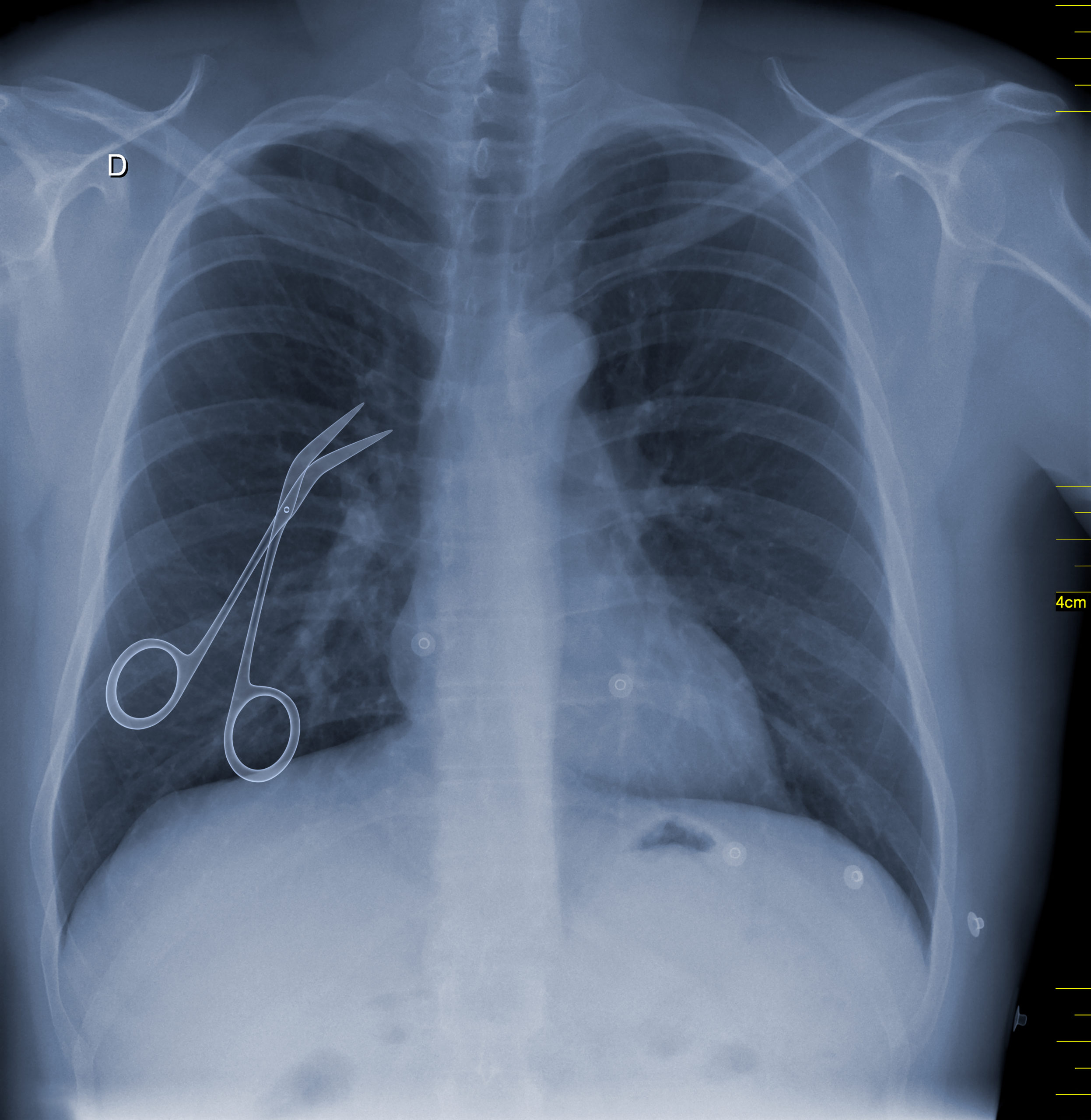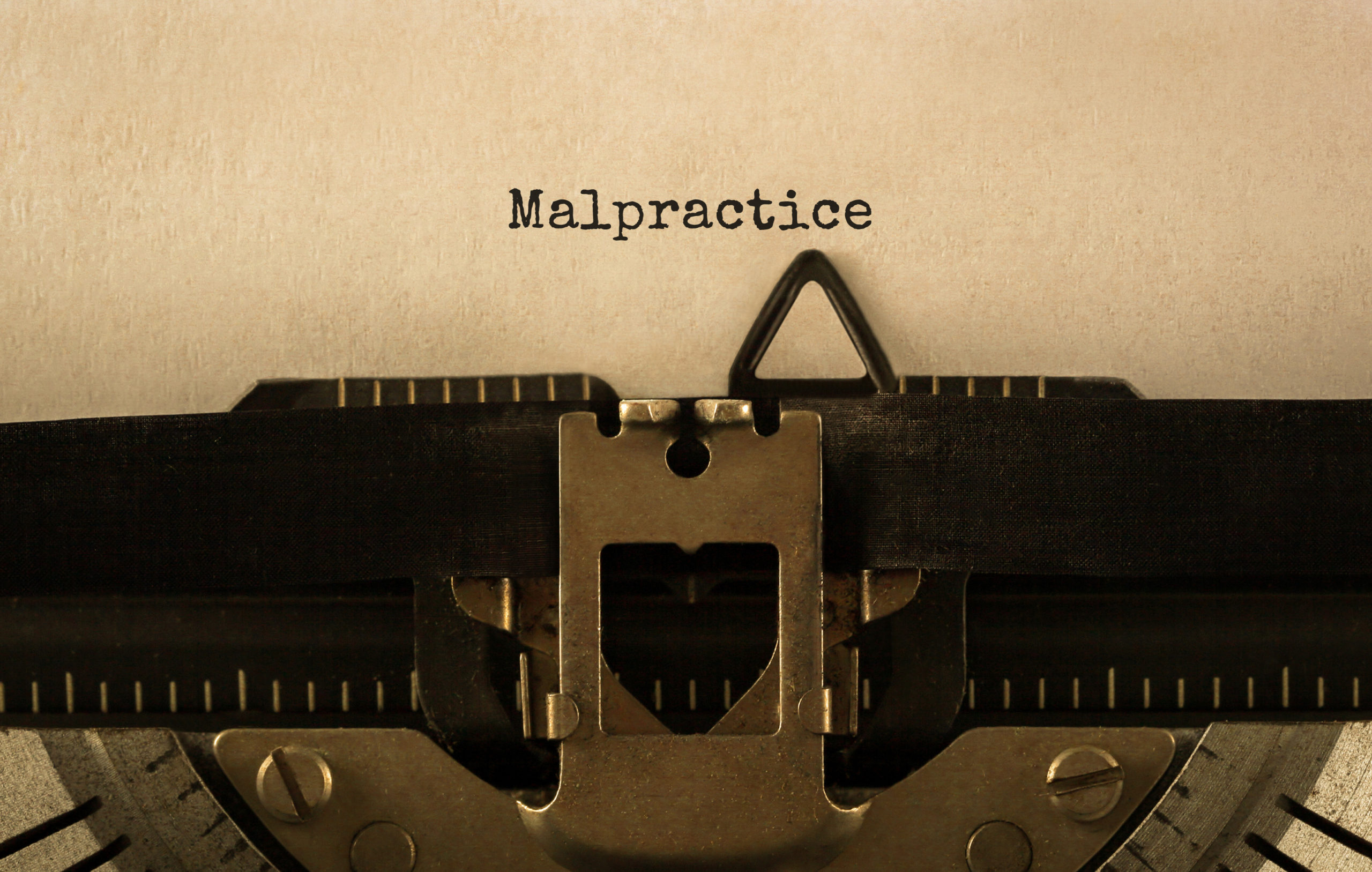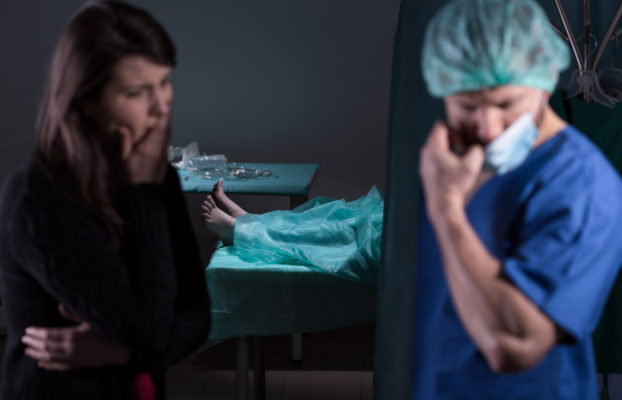Fight Back & Defend Your Rights Against Medical Doctors Dentists Nurses Pharmacists
Pay Us Nothing Unless We Win Your Medical Malpractice Case.
Violated Your Trust
Hold Providers Accountable
Get Paid for Your Suffering
Medical Malpractice & Negligence Claims
Accidents can happen; we are not perfect, and never will be. Nonetheless, healthcare professionals that make mistakes can put a patient in serious danger that includes a life-threatening condition caused by one or more injuries.
When a medical professional commits an act of negligence, California law states patients have the right to file a lawsuit to recover damages. If you believe a medical professional made a mistake that put you in harm’s way, you should contact a California medical malpractice attorney to determine how to proceed with a claim.

3 Rules to Follow Before Filing a Medical Malpractice Lawsuit
California has in place a unique set of requirements for plaintiffs to follow before filing civil lawsuits for medical malpractice.
Litigation for Medical Malpractice Cases in California
A civil lawsuit filed against a healthcare provider for medical malpractice starts with your lawyer preparing a Complaint and Summons that is served to the defendant. The defendant must file a legal document called the Answer that responds to the allegations, as well as describes the defenses the defendant plans to use during the hearing for the medical malpractice claim.
The Complaint and Summons should include the following:
- Statement of facts creating the cause of action
- Demand for judgment that the plaintiff deserves financial relief
- Amount demanded for damages should not be stated by the plaintiff
Proof of serving a Complaint and Summons must be presented within 60 days when the clerk of the court received the Complaint and Summons. The defendant has 30 days after receiving the Complaint and Summons to file the Answer.
Discovery represents the legal process that allows both parties to know what to expect if the civil lawsuit goes to trial.
California law permits both sides in a medical malpractice case to discover what to expect at a trial by receiving the following information.
- Results of a deposition
- Written interrogatories
- Requests for admission
- Request for delivery of certain documents
- Mental and physical examinations
A deposition is a legal process that uncovers the facts related to a medical malpractice case. Each side asks the opposing side questions while all parties answering deposition questions are under oath. Depositions typically do not unfold in a courtroom, but instead, they take place in one of the attorneys’ offices. A deposition is an effective tool that allows your lawyer to give you advice on how to answer different questions, as well as make objections to the questions asked by the other party’s attorney.
Both sides present admissible evidence during a trial. Your attorney might present admissible evidence to a judge or a jury; California permits both types of “triers of fact” at a civil lawsuit hearing. If your case goes to a jury, the panel should consist of 12 members unless both sides agree to a reduced number of jurors.
Your lawyer should kick off the lawsuit by calling witnesses to the stand. The opposing attorney has the right to cross-examine the same witnesses to diminish credibility. After your lawyer calls every witness to the stand, the defense starts to present its evidence. Closing arguments clarify any possible confusing witness statements, as well as emphasize the most important arguments made during the trial.
When a civil lawsuit goes on the trial docket, there might be a sense of urgency on one or both sides to settle the lawsuit out of court. Working with a California medical malpractice attorney who possesses strong negotiating skills is an important attribute to have for getting the compensation that you deserve.
If the plaintiff loses a civil lawsuit hearing, the plaintiff has the right to appeal the decision issued by the judge or the jury. The Court of Appeals is different from the civil court in that it does not review evidence or listen to testimony. During an appeal, the court determines whether the civil court made an error in interpreting California medical malpractice law or decided the information was factual when it was not supported by sufficient evidence.
You have 60 days after the day the trial concluded or 60 days after the other side served you with a letter stating judgment has passed on your case to file a Notice of Appeal.
A patient in California can hold a healthcare provider legally liable for causing death or injuries if the actions taken by the healthcare provider were at least partly responsible for causing the death or injuries. California law requires four legal criteria to prove negligence for a medical malpractice claim.
- Existence of a legitimate doctor-patient relationship
- Healthcare provider violated the standard of care
- Violation of the standard of care caused physical harm to a patient
- Patient suffered damages
Patients in California cannot hold medical practitioners legally liable for medical malpractice because they simply did not like the outcome of a medical procedure. For a successful claim of medical malpractice, a patient has to prove the healthcare provider delivered healthcare services that caused physical harm and that the patient suffered damages.
Medical documents that demonstrate negligence on the part of a healthcare provider are the key to winning a civil lawsuit for medical malpractice. Copies of diagnostic reports, treatment sessions, and rehabilitation regimens are critical to proving medical negligence. The report describing the medical procedure that caused you physical harm is essential for your claim as well.
Expert testimony from healthcare professionals can provide insight into often complex medical procedures. Your medical malpractice attorney might also call witnesses to the stand, such as every medical professional that participated in the medical procedure that caused you to suffer damages.
Establishing the Four D's of Medical Malpractice
Many victims of medical negligence do not realize they have a legitimate case to file a civil lawsuit. One of the most effective ways to determine whether you have a strong medical malpractice claim is by referring to the four D’s of determining medical negligence.





FAQs About Medical Malpractice
Medical malpractice statutes can be complex to understand for victims of healthcare negligence. Attorneys around the state address a wide variety of questions that pertain to medical malpractice law.
We have whittled down the long list of question to six of the most common medical malpractice questions asked by California residents:
Read What Our Clients Have to Say....
Very Honest and Fair Lawyer For Business Matters. We have been working with John Miser for the past few years. He is a very honest, hard working and caring lawyer. He helps us deal with many of our business issues. If your looking for a great lawyer to help you with business matters John is your guy.
Rose Vitale
Learn More About Medical Malpractice...
We love sharing our knowledge to help educate others.
Contact a California Medical Malpractice Attorney
More than 200,000 Americans die each year because of medical errors, yet just about 15 percent of the case turn into civil lawsuits. Many of the victims of medical malpractice that live cannot make the connection between their new injuries and the medical negligence committed by a healthcare provider. There is also the pervasive misperception that doctors never make mistakes.
Doctors are human and like all humans, they make mistakes. If you suffered one or more new injuries after receiving treatment from a healthcare provider, contact a California-licensed medical malpractice attorney to decide how to proceed with your case.













